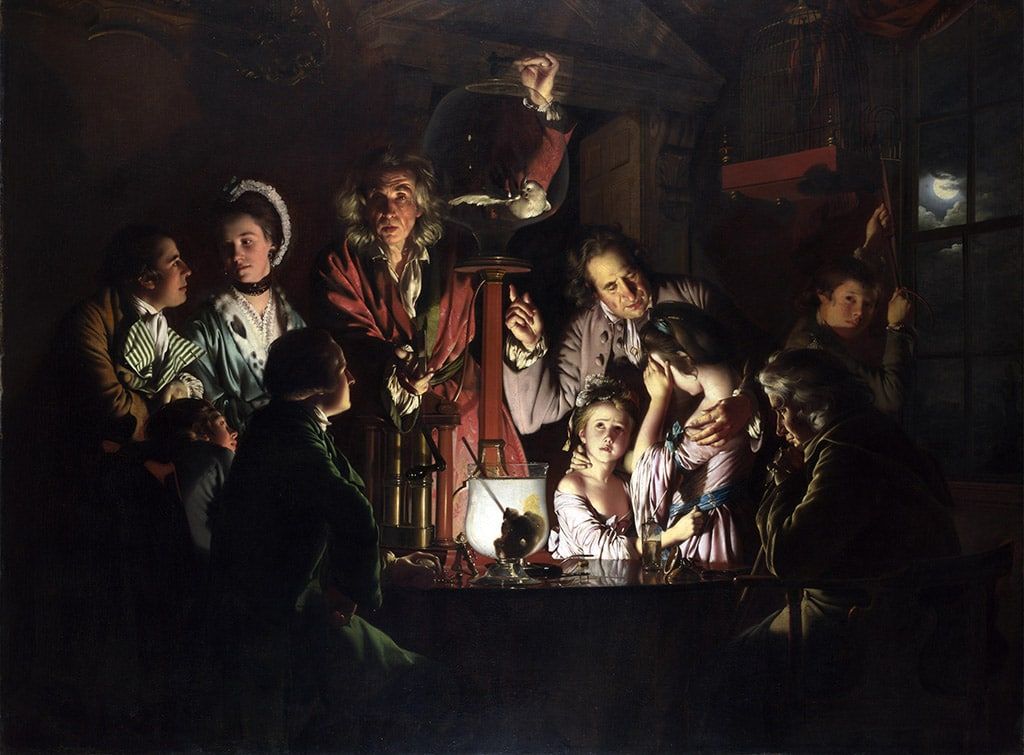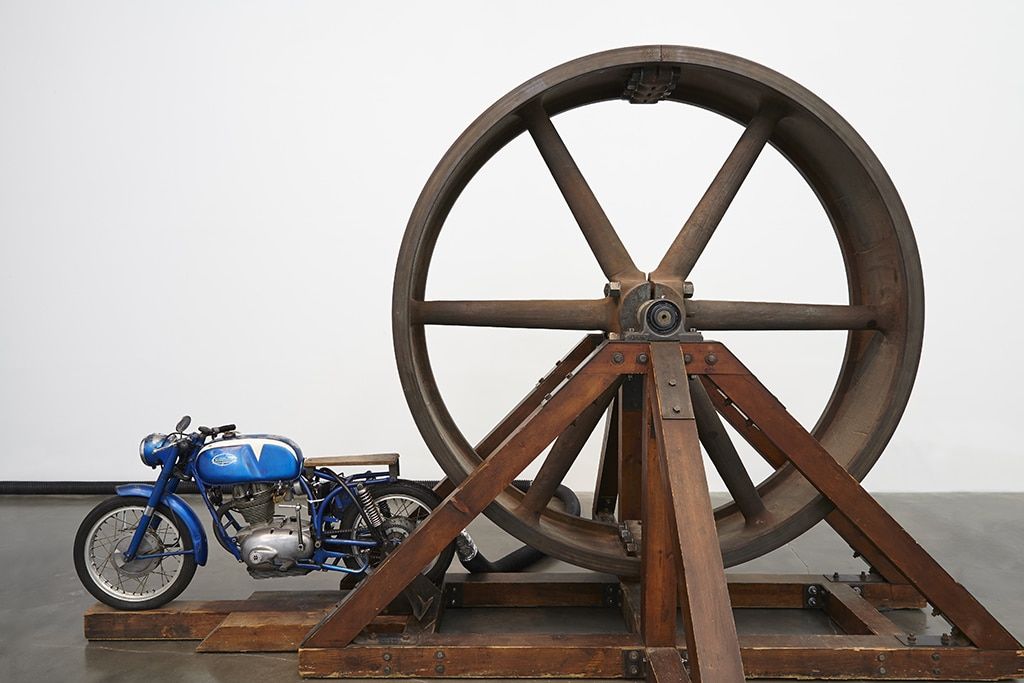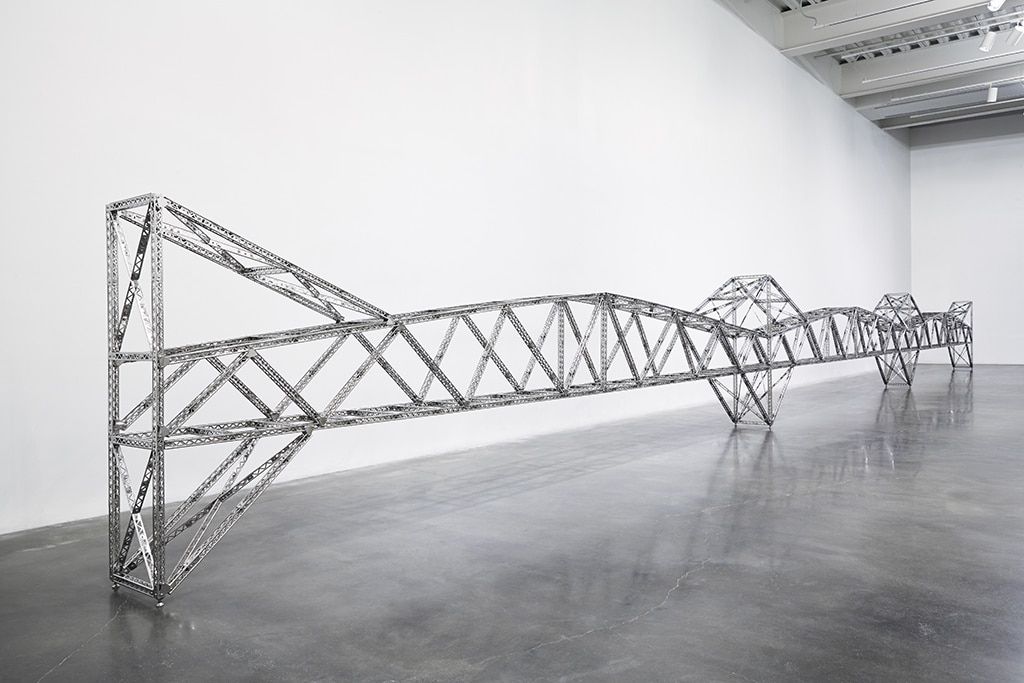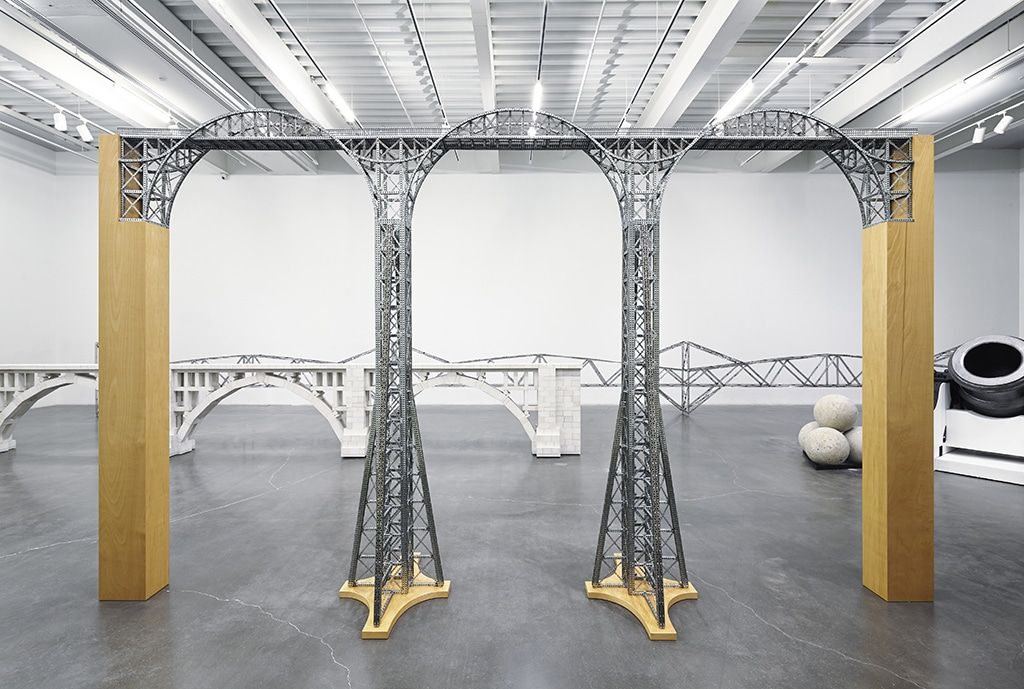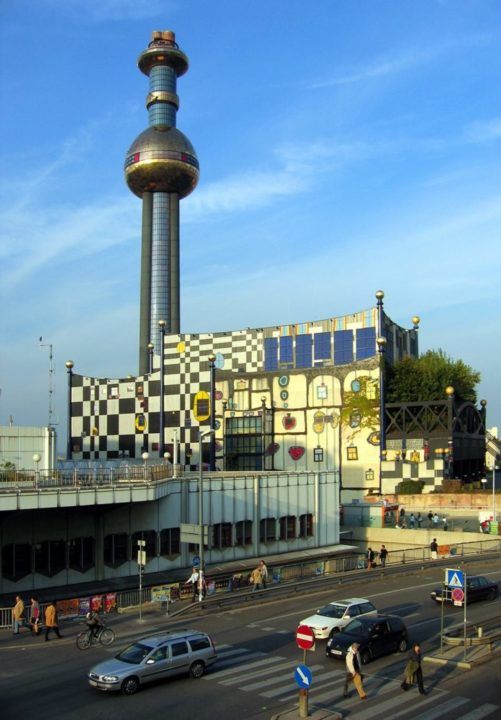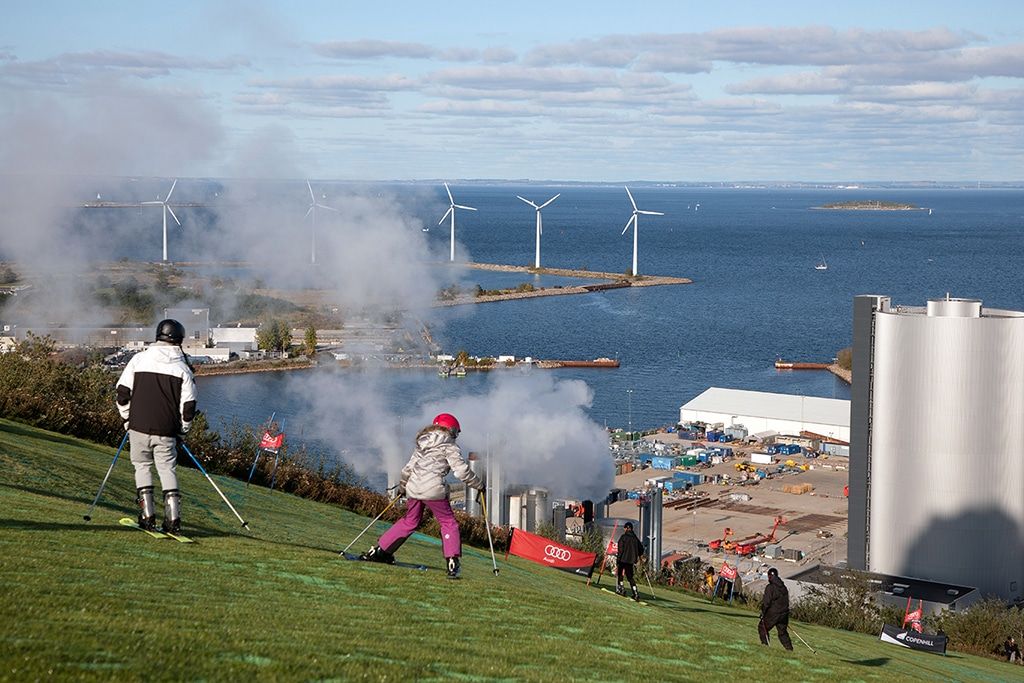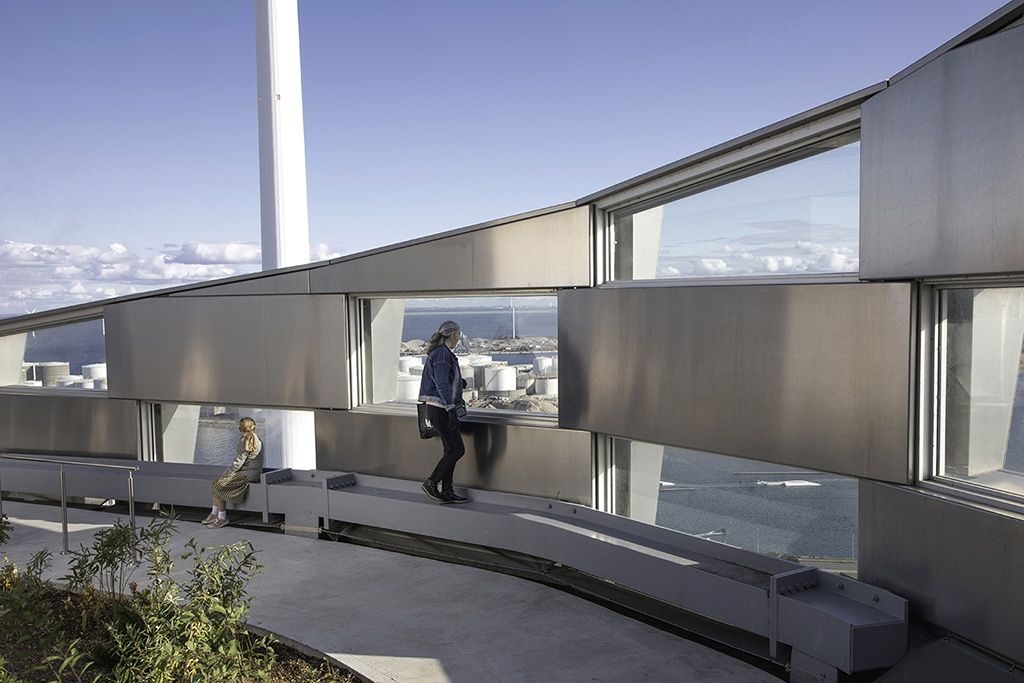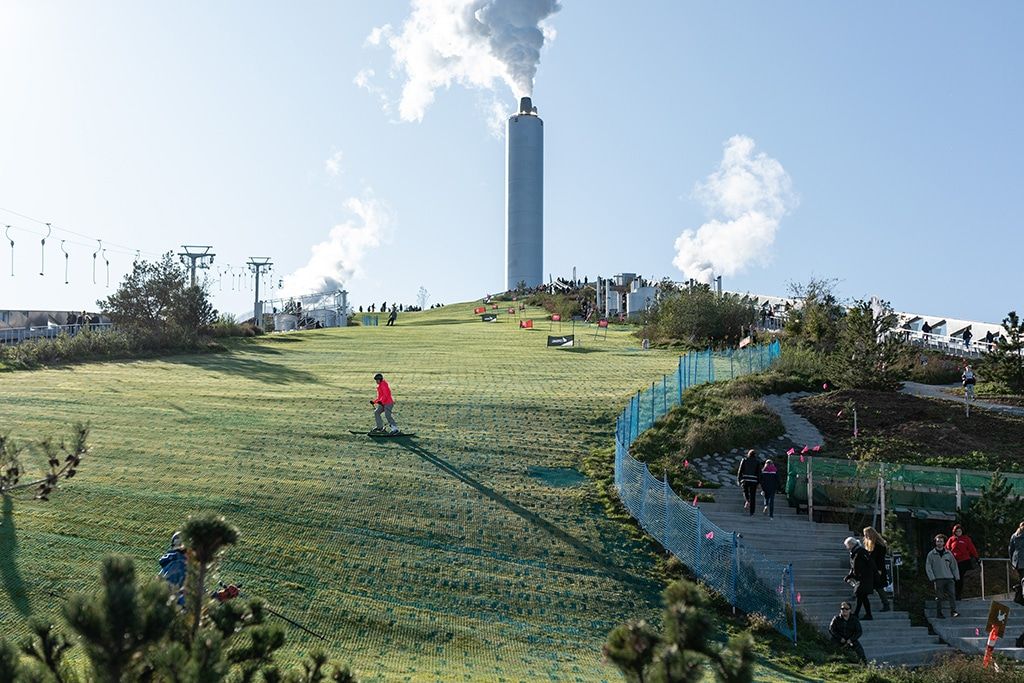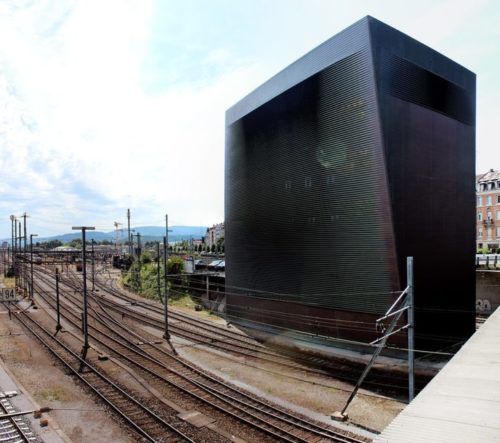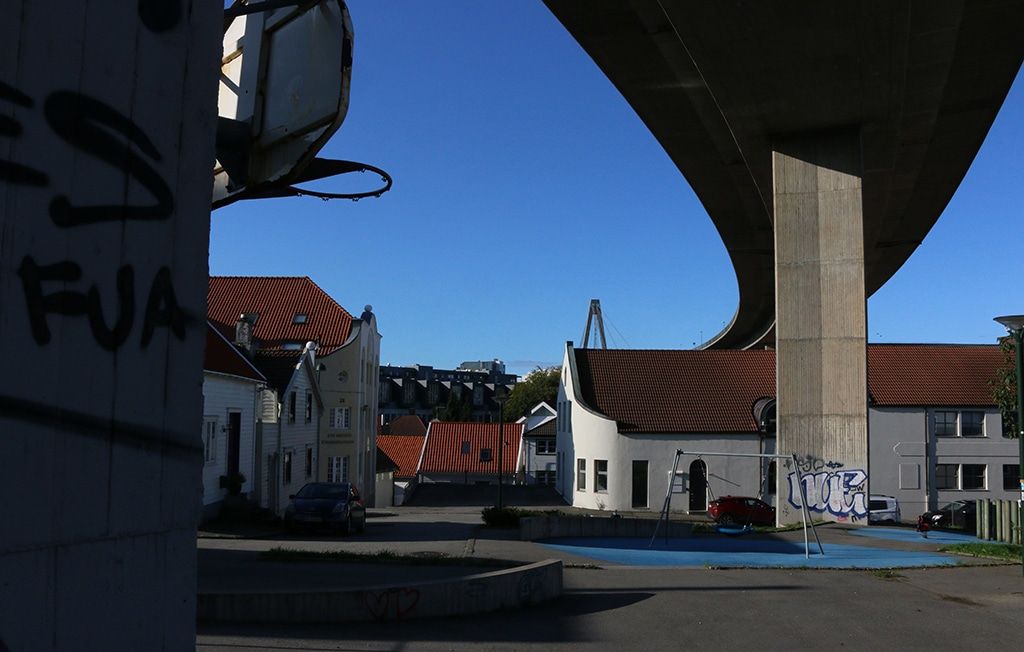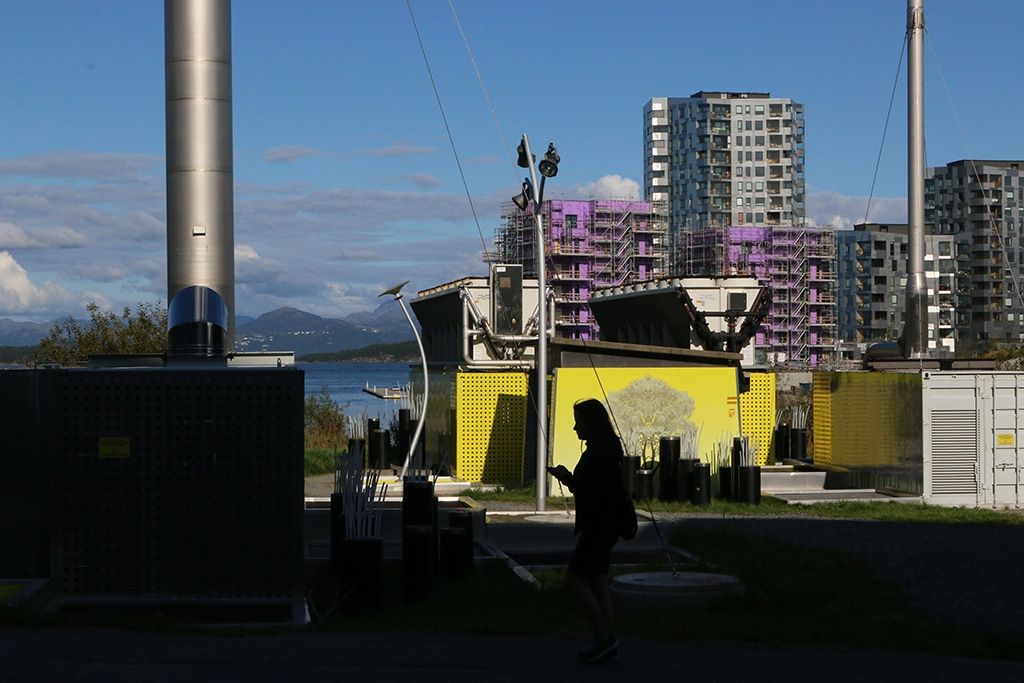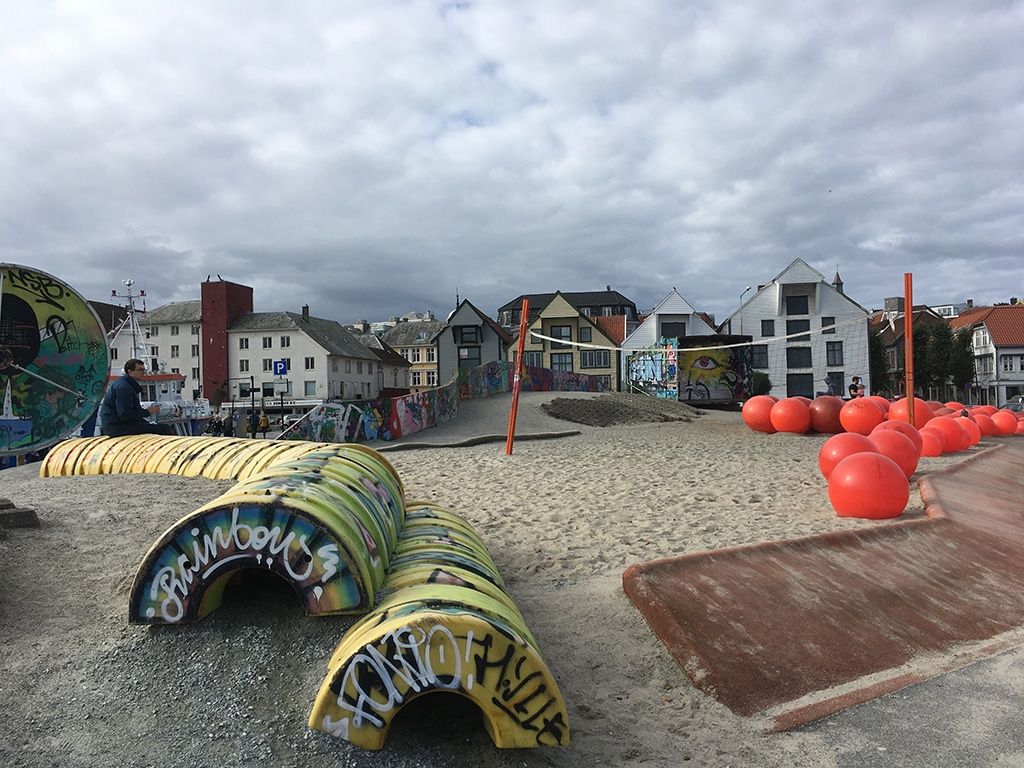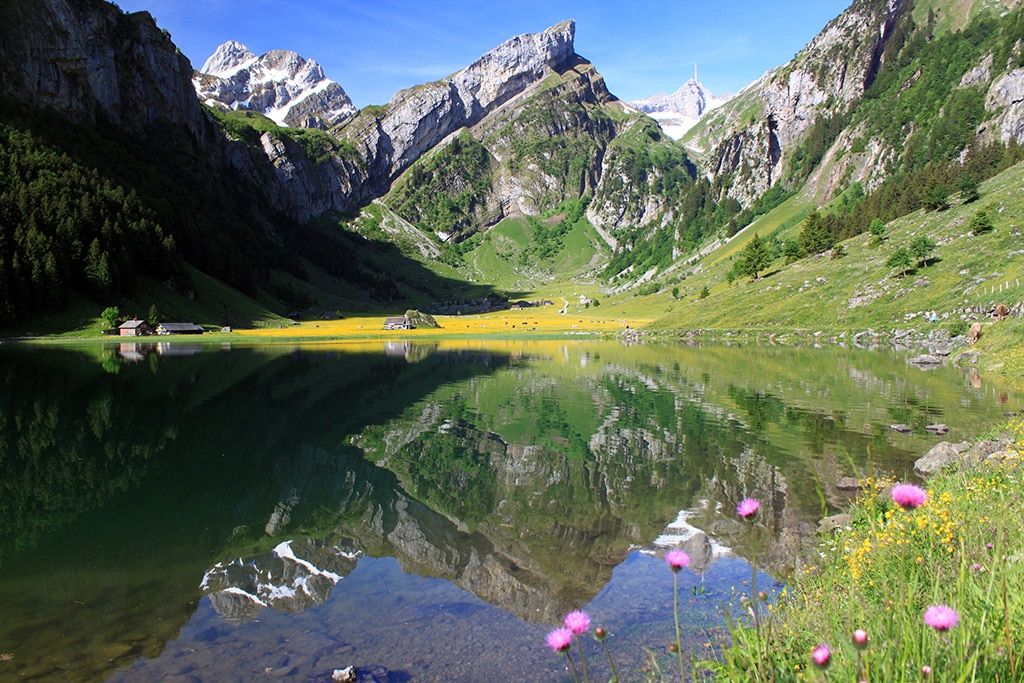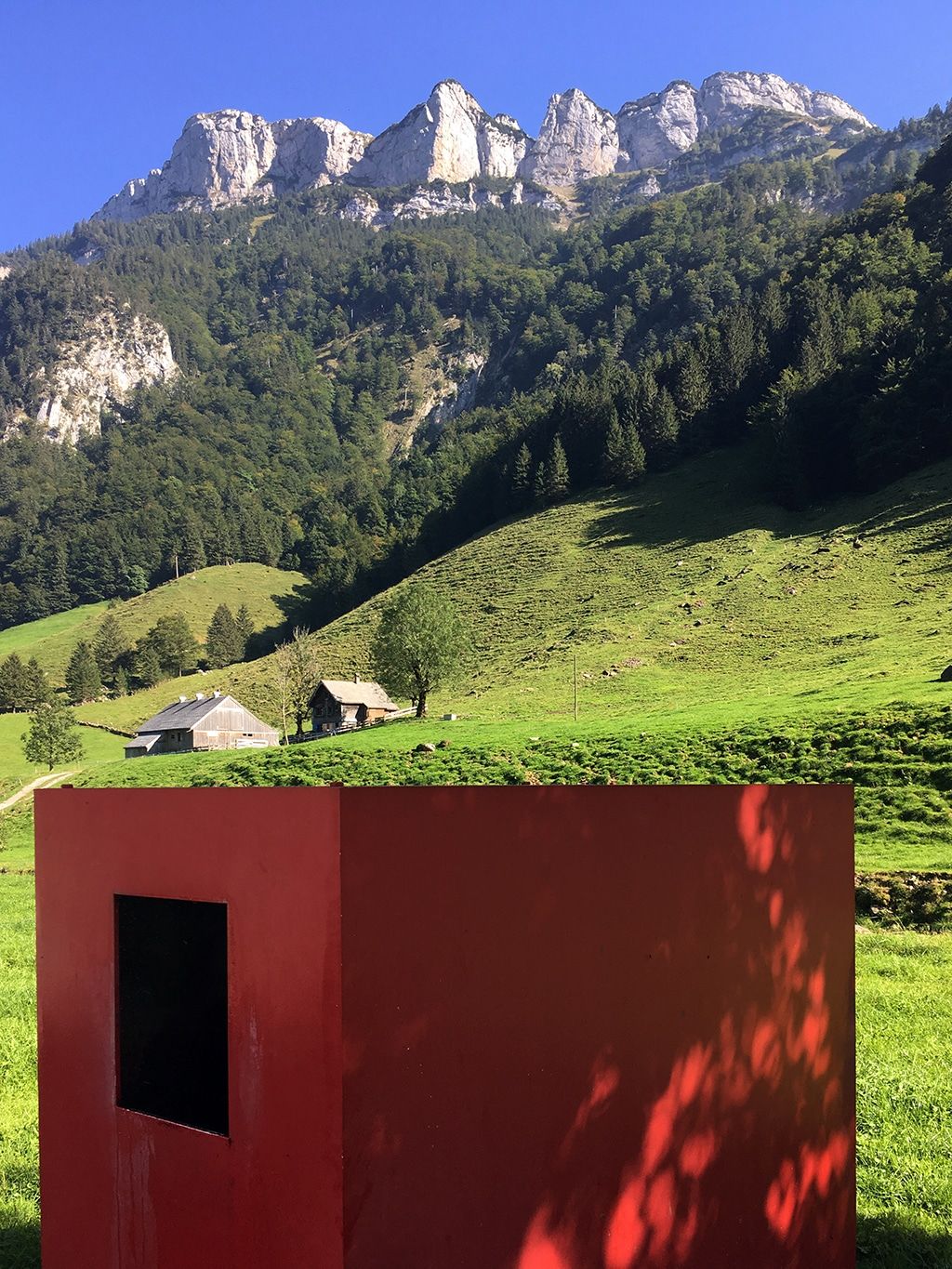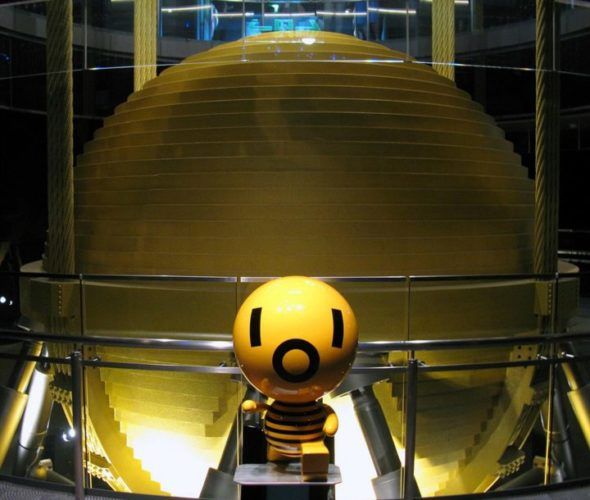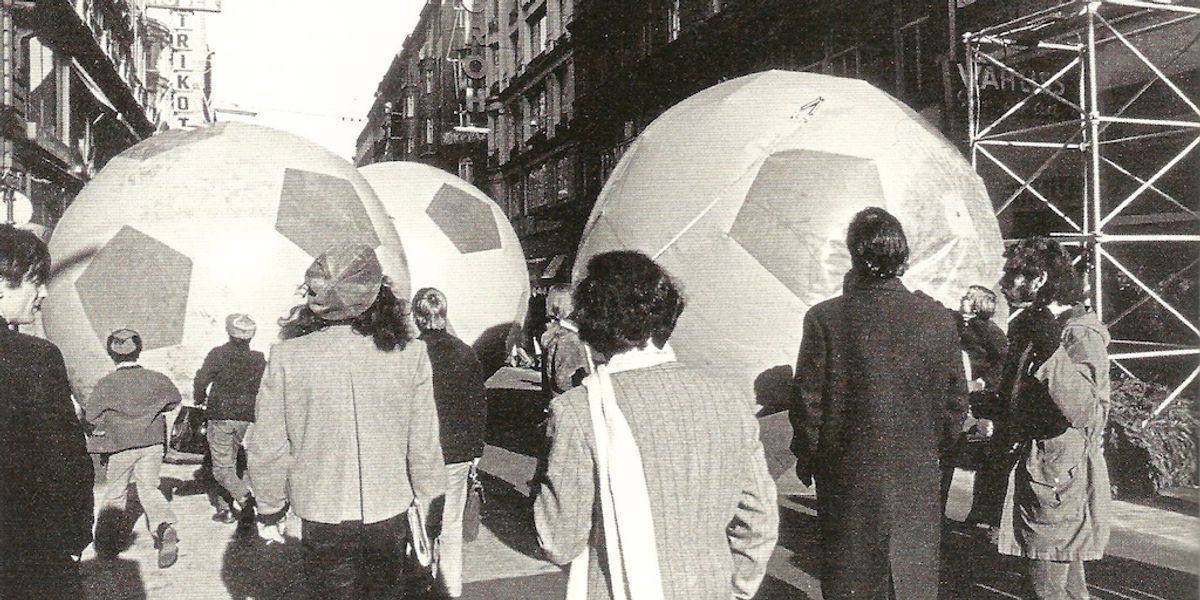In some cases, the infrastructure itself is a highly-aestheticized statement. Bridges, in particular, are appreciated for their artful forms. They have been, historically, not just mobility-enhancers but also civic boosters, and they often become a sort of logotype for their city. San Francisco, Sydney, and Porto are all epitomized by their bridges in the same way Paris is defined by the Eiffel Tower (which was, incidentally, constructed like a bridge and named after a civil engineer who cut his teeth on bridge construction). Countless cities feature a famous bridge or viaduct on their emblem, and they are widely regarded as objects of beauty and pride for residents. It’s only after the era of 1960s urban renewal—and the creation of countless dull concrete bridges, fly-overs, and embankments—that these structures took on a more melancholic tone.
Unlike bridges, there are many infrastructural elements that, while necessary for the smooth operation of the city, are rarely considered visually appealing. These include: recycling plants, power substations, wastewater treatment facilities, and many other ‘heavy’ civil engineering projects. Proper zoning codes help to protect residents from these often-noxious places by setting up buffer areas of light industrial warehouses, garages, and other in-between land uses. However, as cities are expanded and transformed, new loft dwellers and warehouse tenants have found themselves cheek by jowl with cement plants, train depots, and steel-works. In some cases, urban design and art have been called upon to ease some of the issues associated with this proximity.


